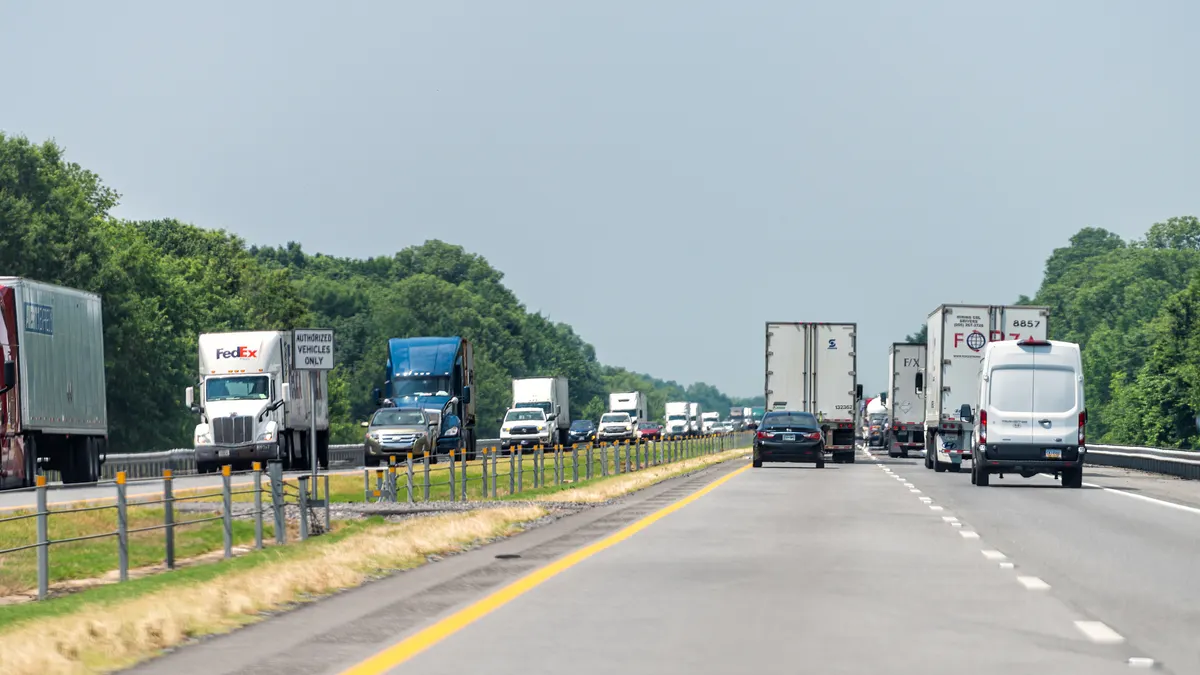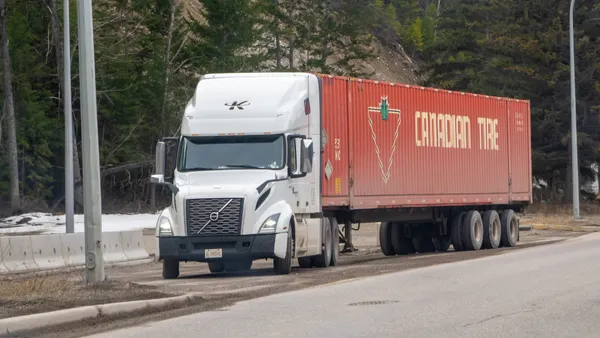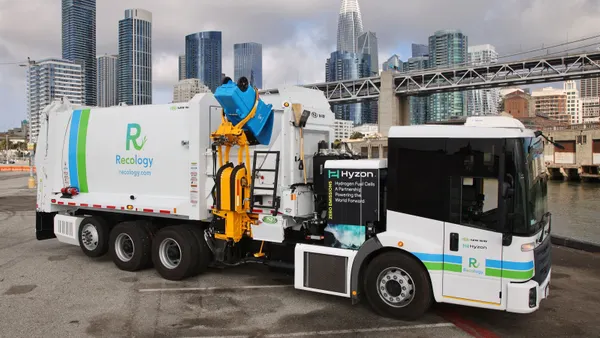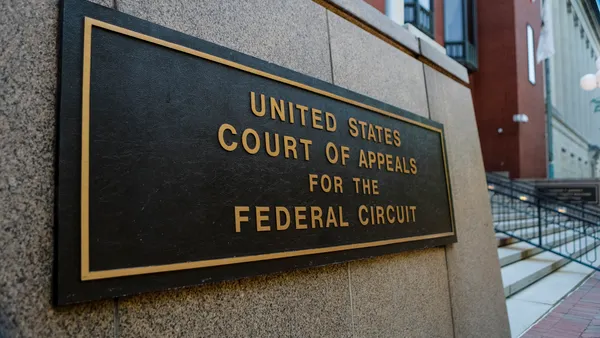- The Federal Highway Administration will require states and metropolitan planning organizations to aim to lower emissions, according to a final rule released last week. The regulation affects the National Highway System, including federal interstates.
- State governments and metropolitan planning organizations will have to set targets to reduce carbon dioxide tailpipe emissions based on 2022 levels. No penalties will occur for failing to meet targets, the agency said.
- “The [greenhouse gas] measure will help the United States (U.S.) confront the increasingly urgent climate crisis,” the rule said. State transportation departments will have to start creating and reporting on targets by Feb. 1.
Dive Insight:
Initially, the FHWA proposed stronger standards last year for its framework. The final rule’s modifications came a year later after nearly 40,000 public comments.
The agency originally called for requiring state emission reductions targets every two years. State transportation departments will get some relief under the final rule, though, by starting off with four-year greenhouse gas targets.
The agency also proposed using a reference year of 2021 for emissions. But commenters noted how emissions were different then due to the COVID-19 pandemic.
“Calendar 2021 should not be used as the reference or baseline year for measuring tailpipe CO2 emissions and setting targets” due to reduced traffic levels, industry groups wrote in a joint letter.
Others agreed that 2021 was not the best reference year. A group of state transportation departments called for using the most recent and complete data available. The coalition also suggested using an average of data across multiple years to better capture trends.
FHWA changed the year because the pandemic could make the baseline artificially low, which would make it difficult for states to meet declining targets, the agency said in an emailed statement to Trucking Dive.
Several commenters also questioned the authority of the FHWA to oversee greenhouse gases.
Conflict stems from a spending bill signed into law in 2012, the Moving Ahead for Progress in the 21st Century Act. That led to federal rulemaking to allow the government to set assessments for “performance” of the Interstate and National Highway systems.
Ambiguity arose over what legislators meant by the word performance. The FHWA said it interpreted that to mean environmental regulation.
Additionally, the agency also softened its approach regarding net-zero targets. Earlier language called for states to demonstrate “net-zero targets,” but that requirement is no longer present.
Nevertheless, the final rule gives support to the Biden administration’s policy goal to reach net-zero emissions by 2050, aligning with global pledges.
Acknowledging questions and objections from commenters, the FHWA said it is not regulating greenhouse gas emissions, “mandating any reductions,” forcing states to select specific projects or asserting authority over the transportation sector’s emissions.
“Rather, this measure is designed to provide State DOTs and MPOs with the information necessary to make informed transportation decisions,” the agency said. “The FHWA is also neither approving nor disapproving
individual targets.”












